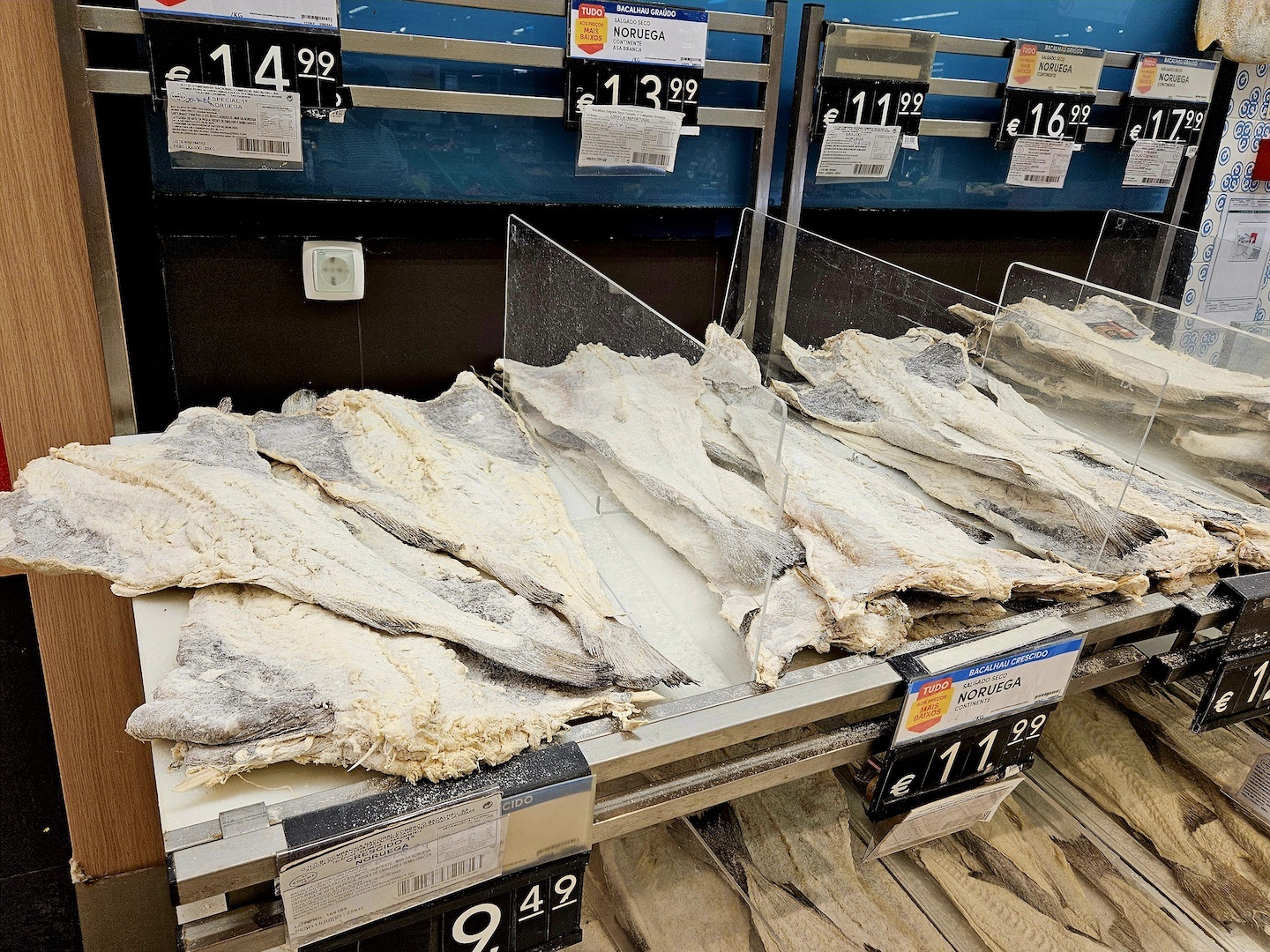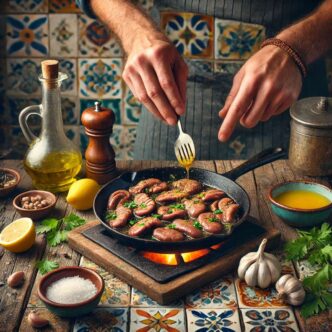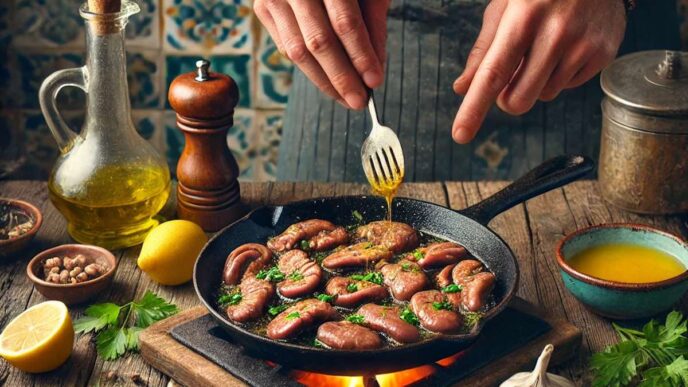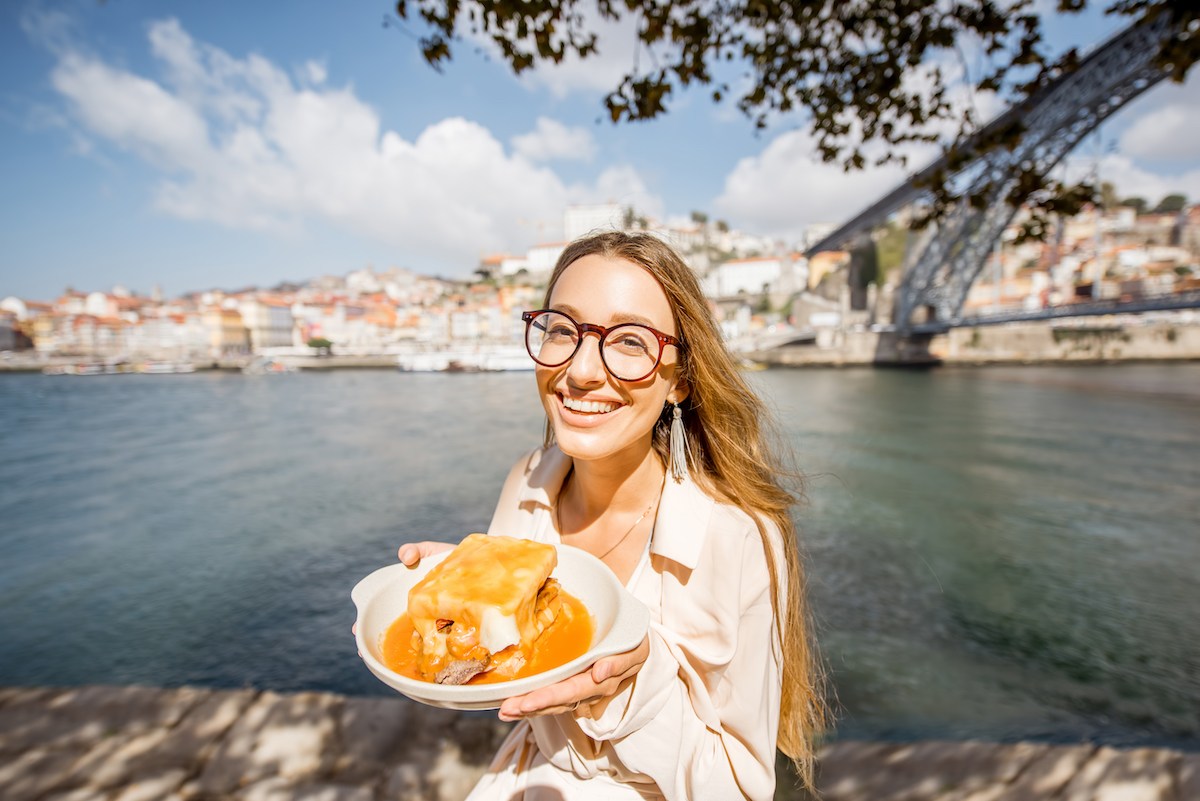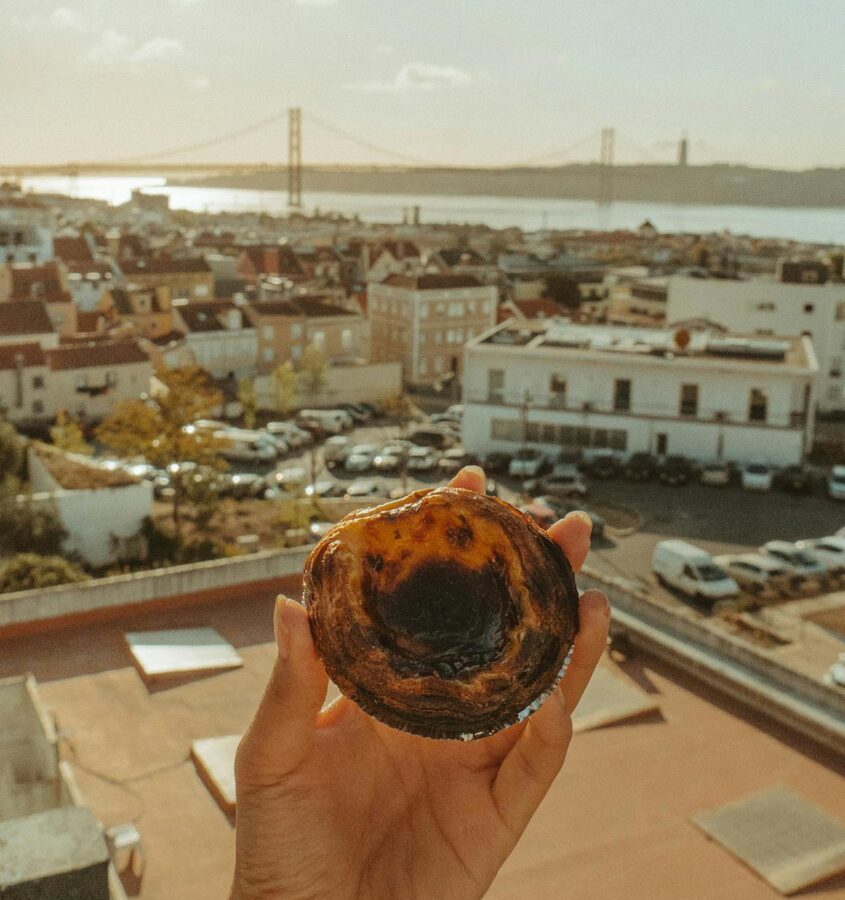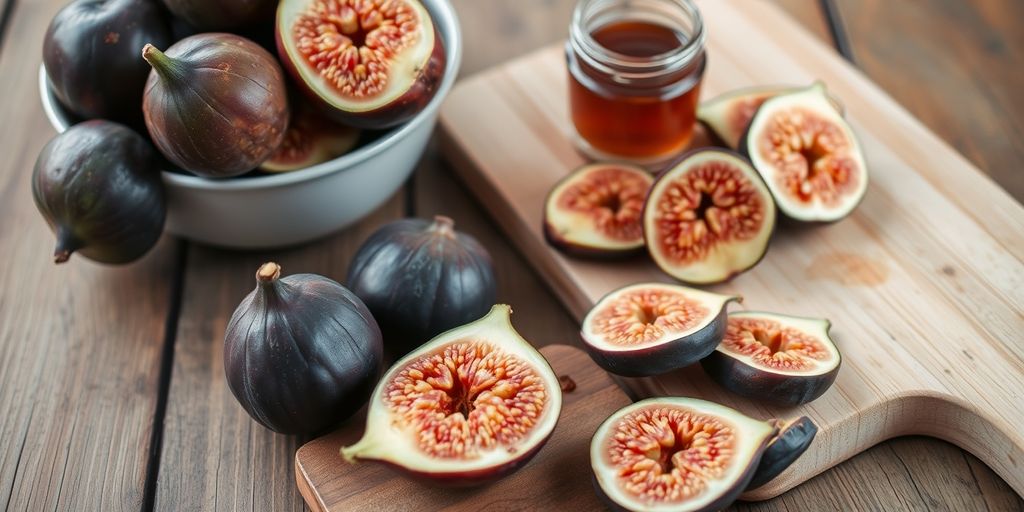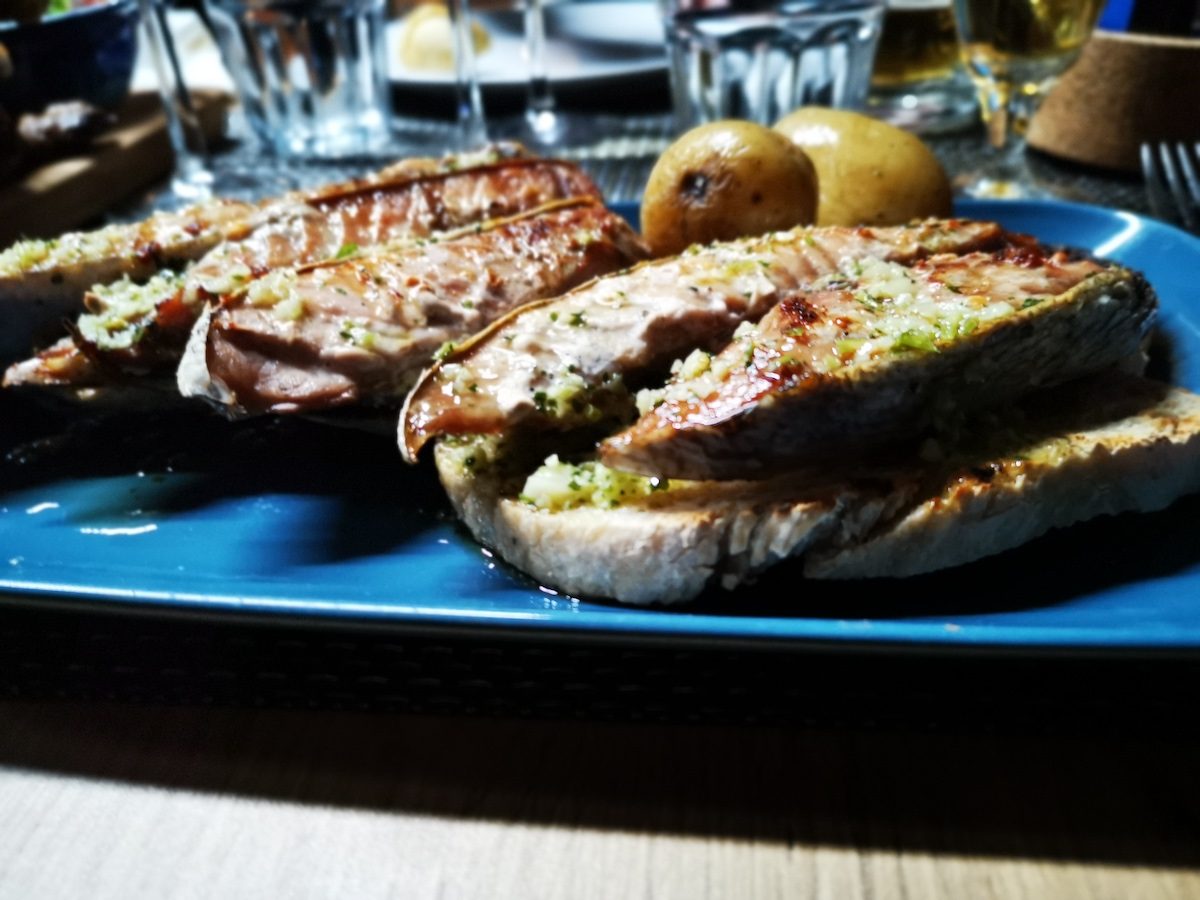The Origins of Bacalhau à Brás
Historical Background
Bacalhau à Brás is a beloved Portuguese dish that dates back to the late 19th century. It was first created in a small eatery, known as a tasca, in the Bairro Alto neighborhood of Lisbon. The dish was named after its creator, whose last name was originally Braz, later changed to Brás. This dish has become a staple in Portuguese cuisine, enjoyed by many around the world.
Cultural Significance
The Portuguese love this northern fish so much that today it is part of their national identity. Bacalhau, or salt cod, is not produced locally but has been a key ingredient in Portuguese cooking for decades. The dish Bacalhau à Brás is a testament to the country’s ability to transform simple ingredients into something extraordinary. It is often served at family gatherings and special occasions, symbolizing unity and tradition.
Modern Variations
While the traditional recipe remains popular, modern variations of Bacalhau à Brás have emerged. Some chefs add unique twists, such as using sweet potatoes instead of regular ones or incorporating different herbs and spices. These variations keep the dish exciting and relevant, ensuring that it continues to be a favorite among both locals and tourists.
Essential Ingredients for Bacalhau à Brás
Salt Cod
Salt cod, known as bacalhau in Portuguese, is the star of this dish. Before using, it needs to be soaked to remove the excess salt. This process can take up to 48 hours, with the water being changed several times. The rehydrated cod is then shredded into small pieces, ready to be cooked.
Potatoes
Potatoes add a delightful crunch to Bacalhau à Brás. Traditionally, straw potatoes are used, but you can also opt for finely chopped or grated potatoes. Fry them until they are golden and crispy to get the best texture.
Eggs and Seasonings
Eggs are essential for giving the dish its creamy texture. The more eggs you use, the richer and more velvety the dish will be. Seasonings like onions, garlic, bay leaves, salt, and pepper are also crucial. Onions and garlic should be sautéed in olive oil until they are soft and fragrant. Don’t forget to garnish with fresh parsley and olives for a burst of color and flavor.
Preparing the Salt Cod
Rehydrating the Cod
To start, place the salt cod in a large bowl and cover it completely with cold water. Soak the cod for at least 24 hours, changing the water at least three times. This step is crucial to remove the excess salt. If you are using a whole fish, not prepared fillets, it needs to be soaked in water for up to 48 hours, also with several changes of water.
Shredding the Cod
Once the cod has been soaked and desalted, drain it and pat it dry with paper towels. When the salt cod is cool enough to handle, flake the flesh, discarding the bones and skin. You should have around 200 grams of flaked salt cod. Set aside in the refrigerator for up to five days or proceed to the next step.
Cooking the Cod
In a small saucepan, combine the salt cod, garlic, bay leaf, and enough water to cover the salt cod by a couple of centimeters. Over high heat, bring the water to just short of boiling, then close the lid and remove the saucepan from the heat. Allow the mixture to sit, covered, for 10 minutes. Strain and discard the water. The cod is now ready to be used in your Bacalhau à Brás recipe.
Cooking Techniques for Bacalhau à Brás
Frying the Potatoes
Start by frying the potato matchsticks in olive oil until they turn golden and crispy. Make sure to fry them in batches to avoid overcrowding the pan. Once done, transfer them to a paper towel to drain excess oil.
Cooking the Onions and Garlic
In the same pan, fry the onions and garlic until they become soft and fragrant. This step is crucial as it helps to enhance the flavor of the dish. Don’t forget to add bay leaves for an extra layer of taste.
Combining Ingredients
Add the shredded salt cod to the pan with the onions and garlic. Stir everything together until the cod is well mixed. Next, add the fried potatoes and gently fold them into the mixture. Finally, pour in beaten eggs and stir continuously until the eggs are cooked but still creamy. Be careful not to overcook the eggs, as they should remain slightly runny to keep the dish moist and juicy.
Serving Bacalhau à Brás
Garnishing with Olives and Parsley
When it comes to serving Bacalhau à Brás, garnishing is key. A sprinkle of fresh parsley and a handful of black olives not only add color but also enhance the flavor. These simple additions make the dish look as good as it tastes.
Pairing with Side Dishes
Bacalhau à Brás pairs wonderfully with a variety of side dishes. Consider serving it with a fresh green salad or some crusty bread. These sides complement the rich and hearty essence of Portuguese cuisine, making your meal complete.
Presentation Tips
Presentation matters, especially for a dish as beloved as Bacalhau à Brás. Serve it in a clay dish to keep it warm and give it an authentic touch. Remember, the ultimate guide to Portugal’s favorite cod dish is not just about taste but also about how it looks on the table.
Common Mistakes to Avoid
Overcooking the Eggs
One of the most common mistakes when making Bacalhau à Brás is overcooking the eggs. The eggs should be creamy and slightly runny to give the dish its signature texture. If you cook them too long, they will become dry and rubbery, ruining the overall experience.
Using Too Much Salt
Since salt cod is already quite salty, it’s easy to overdo it with additional salt. Always taste the dish before adding more seasoning. Remember, you can always add more salt, but you can’t take it out once it’s in.
Drying Out the Dish
Bacalhau à Brás should be moist and flavorful. If you cook it for too long or at too high a temperature, the dish can dry out. Keep an eye on the cooking time and temperature to ensure a perfect, moist result.
Frequently Asked Questions
What is Bacalhau à Brás?
Bacalhau à Brás is a traditional Portuguese dish made with salted cod, potatoes, onions, eggs, and usually garnished with olives and parsley.
How do you prepare the salt cod for Bacalhau à Brás?
First, you need to soak the salt cod in water for 24 to 48 hours to remove the salt. Change the water several times during this period. After soaking, the cod is rehydrated and ready to be shredded and cooked.
Can I use fresh cod instead of salt cod?
Using fresh cod will change the flavor of the dish. Salt cod has a unique taste and texture that fresh cod does not provide. For an authentic Bacalhau à Brás, it’s best to use salt cod.
What are some common mistakes to avoid when making Bacalhau à Brás?
Some common mistakes include overcooking the eggs, using too much salt, and drying out the dish. It’s important to cook the eggs just right and to taste for salt before adding more.
What can I serve with Bacalhau à Brás?
Bacalhau à Brás can be served with a simple green salad, crusty bread, or steamed vegetables. A glass of white wine also pairs well with this dish.
How do I store leftovers?
Leftovers can be stored in an airtight container in the refrigerator for up to 2 days. Reheat gently on the stove or in the microwave, adding a bit of olive oil if the dish seems dry.

